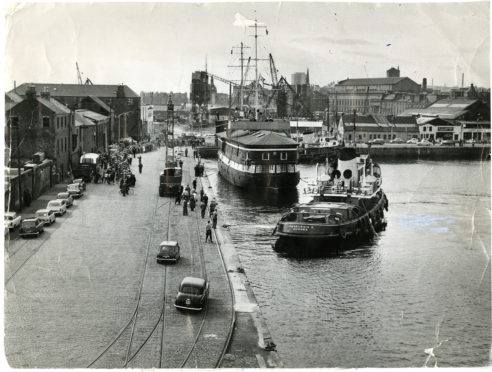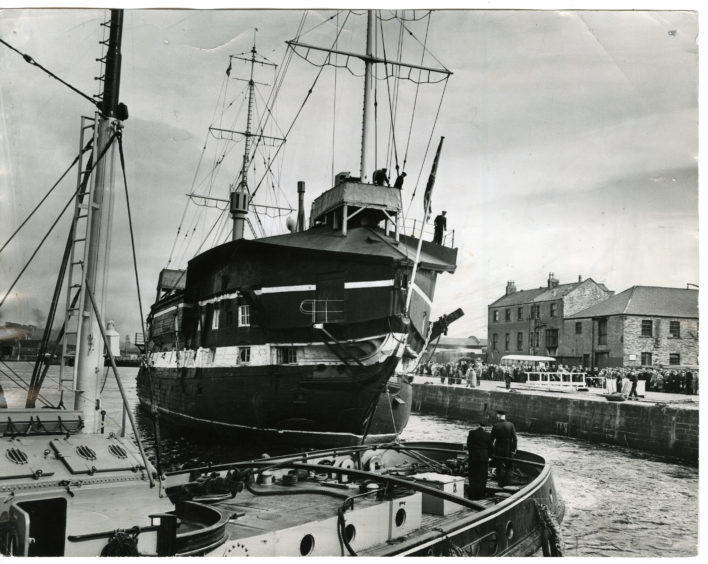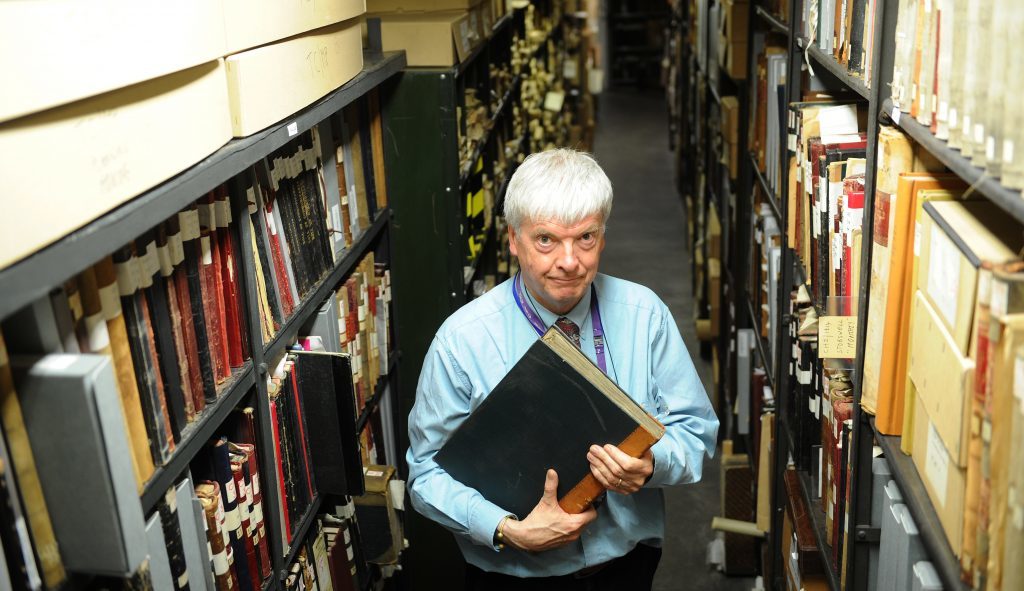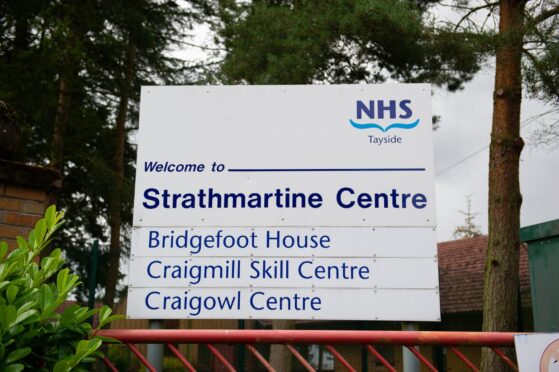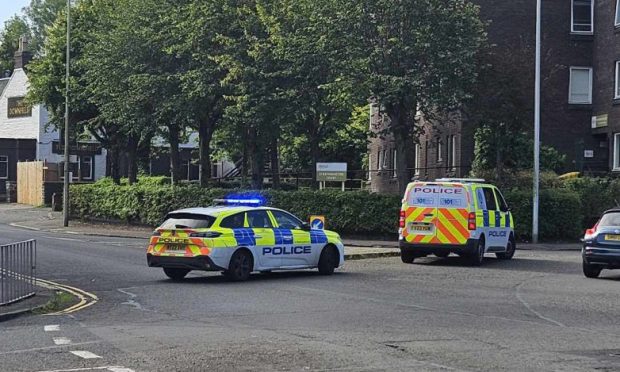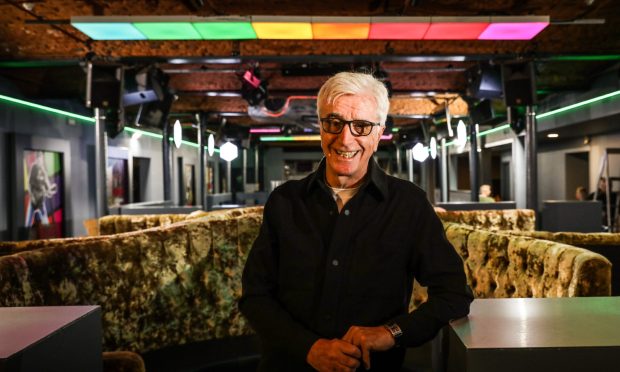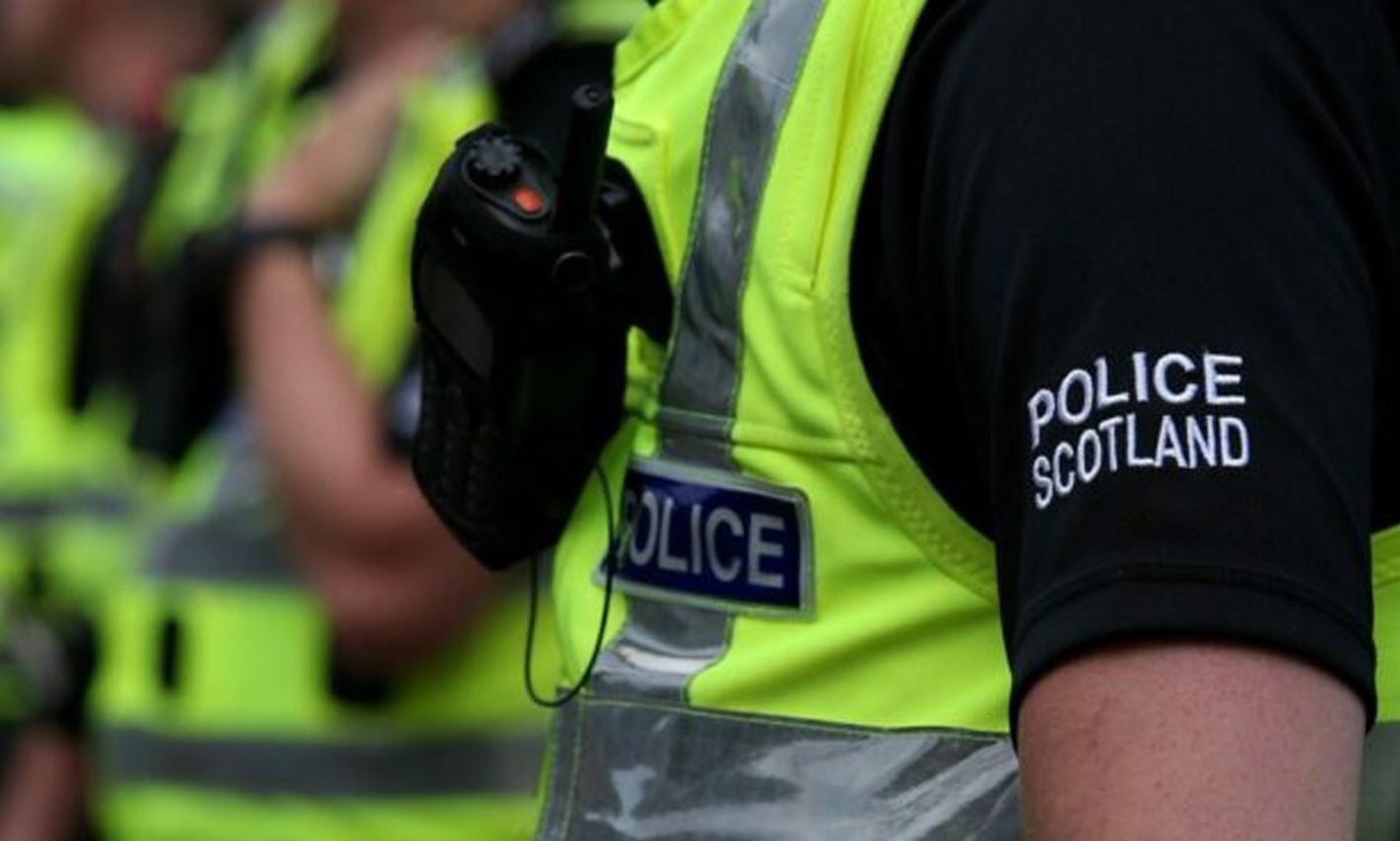Rare footage capturing a treasure trove of the city of Dundee’s history will be shown on the big screen.
Among the footage that will be shown in the 30-minute ‘miscellany’ screening is the Unicorn being moved in 1962 to make way for the construction of the Tay Road Bridge.
The 45-gun frigate was in the way of one of the approach roads and was moved to her present home in Victoria Dock after a deputation from Dundee visited the Admirality in London to save her from being broken up where she lay.
The early video compilation will be shown at the Steps Theatre on Thursday at 12.15pm and 1.15pm to mark the 30th birthday of the Friends of Dundee City Archives.
Iain Flett of the Friends will provide a commentary over the film screenings which are free to attend at the Central Library.
Mr Flett said they came across an early video compilation created by Janet McBain of the Scottish Screen Archive, which was then part of The Scottish Film Council.
“It has been digitised and although this ‘old technology’ has a running screen timer and blank pauses between shots, it has produced enough material to provide two separate lunchtime screenings,” he said.
“The last film, when saved and copied by the Scottish Film Archive, was noted to be ‘suffering from vinegar syndrome’.
“This accurately describes a pungent vinegar smell from some historical film which is then followed by shrinkage, embrittlement, and buckling of the gelatin emulsion which makes moving film unusable.
“It reminds us of the outstanding work carried out by the Scottish Film Archive in finding important amateur film before it became lost for posterity.”
‘Miscellany One’ features seven films which starts with the foundry yard and iron works of James Ferguson & Sons from Tayport in 1949.
Filmed on 16mm film by the prolific local amateur film maker R Robertson, it covers the moving of pig iron, making moulds, molten iron, casting, then opening the moulds, in this case of gear wheels.
Mr Flett said the ‘home movie’ of the Unicorn being moved from her berth by two harbour tugs was filmed on 8mm colour film by Alan D McLagan and “still gives us the sense of historical occasion”.
There is footage of an Antarctic whale hunt with the factory ship Balaena in 1947 which was produced as a public information film for a monthly news cinemagazine.
Mr Flett said: “Some 60 years after Dundee whalers over-wintered in the Antarctic, this film still gives a shivery feel of what the rough seas and desolation must have been like on board the sail powered whalers.
“The narrator, while commenting that this new ship was necessary to deal with the chronic post war food shortage, did raise the question of the morality of such large-scale slaughter.”
Dundee in the 1930s will also be shown with shots of Fish Dock and the Royal Arch filmed on 16mm film by John Stout, who was the father of the late Professor George Stout of the Alliance Trust.
John Stout had interests in the fish trade and Mr Flett said he had taken “some rare lingering shots of the period when Dundee had a fish dock”.
The launch of SS Dundee at Caledon yard in December 1933 is also captured and also covers the steam ship leaving the Tay on her maiden voyage in February 1934.
There is also the launch of MV Glamis from the yard in 1936 and the arrival of the Festival of Britain ship Campania at Dundee in 1951 which was met by a naval marching band at the docks and queues to board the ship.
